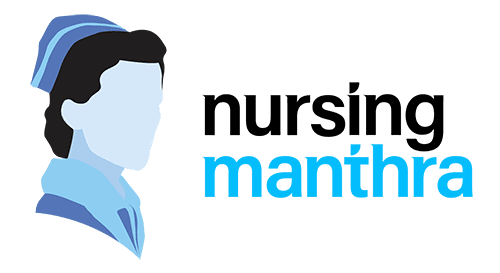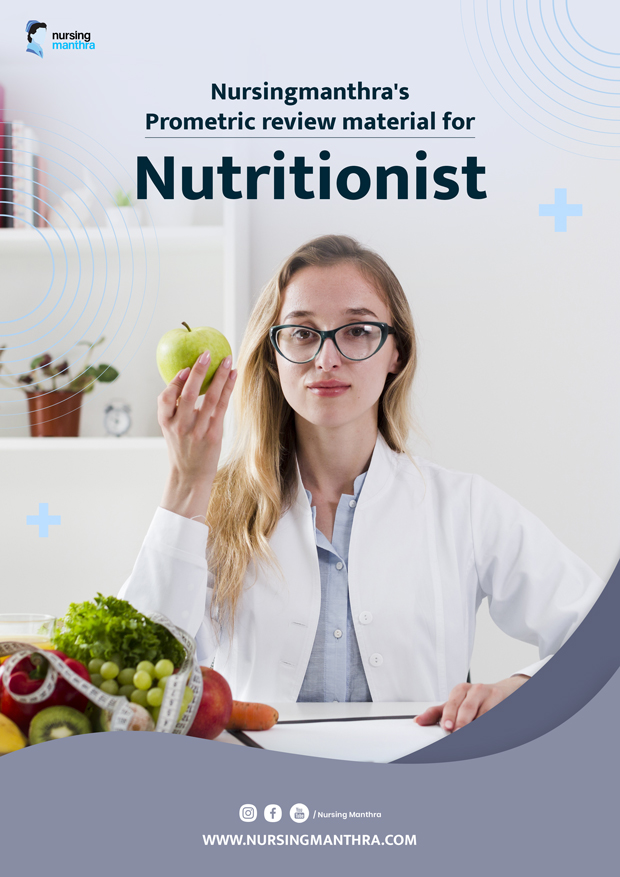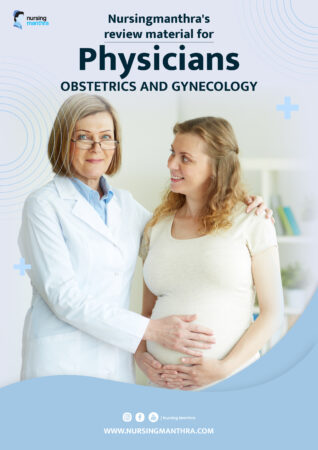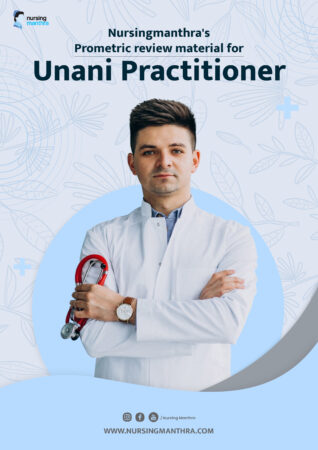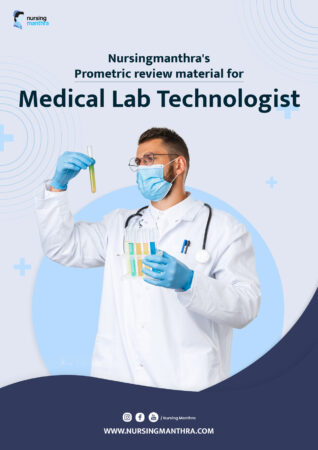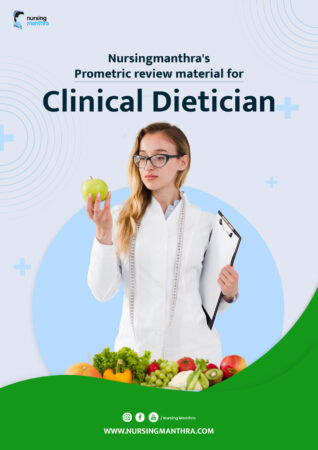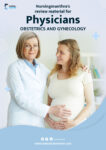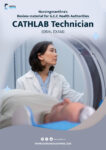1. Which of the following is the most common cause of obesity?
A. Hypothyroidism
B. Excessive caloric intake
C. Genetics
D. Lack of sleep
✅ Answer: B. Excessive caloric intake
🧠 Rationale: The primary cause of obesity is the imbalance between caloric intake and energy expenditure, where excessive caloric intake leads to fat accumulation.
2. Which of the following is a key factor in the prevention of obesity in children?
A. Limiting physical activity
B. Encouraging the consumption of sugary snacks
C. Promoting a balanced diet and regular physical activity
D. Reducing sleep duration
✅ Answer: C. Promoting a balanced diet and regular physical activity
🧠 Rationale: Promoting a healthy diet and encouraging regular physical activity are essential components of preventing childhood obesity.
3. What is the recommended first-line treatment for obesity?
A. Medication
B. Bariatric surgery
C. Lifestyle modification (diet and exercise)
D. Fasting
✅ Answer: C. Lifestyle modification (diet and exercise)
🧠 Rationale: Lifestyle modifications, including diet changes and increased physical activity, are the first-line treatment for obesity and should be recommended before considering other treatments.
4. Which of the following body mass index (BMI) values indicates obesity?
A. BMI 20-24.9
B. BMI 25-29.9
C. BMI 30-34.9
D. BMI 35-39.9
✅ Answer: C. BMI 30-34.9
🧠 Rationale: A BMI of 30 or higher is considered obese, with categories such as obesity class I (30-34.9), class II (35-39.9), and class III (40+).
5. Which lab marker is most commonly elevated in alcoholic liver disease?
A. AST
B. ALT
C. Amylase
D. Lipase
✅ Answer: A. AST
🧠 Rationale: In alcoholic liver disease, AST is often elevated more than ALT (AST:ALT ratio >2:1).
6. What is the dietary goal in the management of hepatic steatosis (fatty liver)?
A. Increase fat intake
B. Promote weight gain
C. Reduce energy intake and promote gradual weight loss
D. Avoid carbohydrates completely
✅ Answer: C. Reduce energy intake and promote gradual weight loss
🧠 Rationale: Gradual weight loss (7–10% body weight) improves liver histology in fatty liver disease.
7. Which complication is most likely with a low albumin level in liver disease?
A. Hypoglycemia
B. Peripheral edema
C. Constipation
D. Hypercalcemia
✅ Answer: B. Peripheral edema
🧠 Rationale: Albumin maintains oncotic pressure; low levels lead to fluid leakage into tissues and edema.
8. In a patient with liver cirrhosis, which macronutrient should be adjusted most carefully?
A. Carbohydrate
B. Protein
C. Fat
D. Fiber
✅ Answer: B. Protein
🧠 Rationale: While protein is needed to prevent muscle wasting, excess protein in patients with encephalopathy can increase ammonia levels.
9. Which of the following foods is highest in sodium and should be restricted in liver cirrhosis with ascites?
A. Boiled egg
B. Unsalted nuts
C. Pickled vegetables
D. Fresh apple
✅ Answer: C. Pickled vegetables
🧠 Rationale: Pickled and processed foods are high in sodium and worsen fluid retention.
10. Which dietary pattern supports liver health in patients with NASH (non-alcoholic steatohepatitis)?
A. Atkins diet
B. Mediterranean diet
C. Carnivore diet
D. High-protein diet
✅ Answer: B. Mediterranean diet
🧠 Rationale: Rich in antioxidants and anti-inflammatory foods, the Mediterranean diet improves liver enzymes and insulin resistance.
11. Which vitamin is involved in coagulation and is often deficient in liver disease?
A. Vitamin D
B. Vitamin E
C. Vitamin K
D. Vitamin A
✅ Answer: C. Vitamin K
🧠 Rationale: The liver is essential for activating Vitamin K-dependent clotting factors; deficiency increases bleeding risk.
12. Portal hypertension in liver disease can lead to:
A. Hypoglycemia
B. Ascites and varices
C. Gallstones
D. Hyperkalemia
✅ Answer: B. Ascites and varices
🧠 Rationale: Increased pressure in the portal vein leads to fluid accumulation (ascites) and enlarged veins (varices) in the GI tract.
13. Which of the following is the primary metabolic defect in Type 1 Diabetes Mellitus?
A. Insulin resistance
B. Increased glucagon secretion
C. Autoimmune destruction of pancreatic beta cells
D. Overproduction of insulin
✅ Answer: C. Autoimmune destruction of pancreatic beta cells
🧠 Rationale: Type 1 diabetes is caused by autoimmune destruction of insulin-producing beta cells in the pancreas.
14. Which dietary recommendation is best for a patient with phenylketonuria (PKU)?
A. High-protein diet
B. Low-phenylalanine diet
C. Low-fat, high-carbohydrate diet
D. Gluten-free diet
✅ Answer: B. Low-phenylalanine diet
🧠 Rationale: PKU patients lack the enzyme to metabolize phenylalanine, so dietary restriction prevents neurological damage.
15. In metabolic syndrome, which of the following is a diagnostic criterion?
A. Elevated HDL cholesterol
B. High fasting glucose
C. Low blood pressure
D. Low waist circumference
✅ Answer: B. High fasting glucose
🧠 Rationale: Metabolic syndrome includes central obesity, hypertension, low HDL, high triglycerides, and elevated fasting glucose.
If you would like access to more questions for the Nutritionist Prometric Exam, you can purchase the complete study material using the link provided below. For any assistance or to request the material, please contact Nursing Manthra via WhatsApp.” +971502515717
